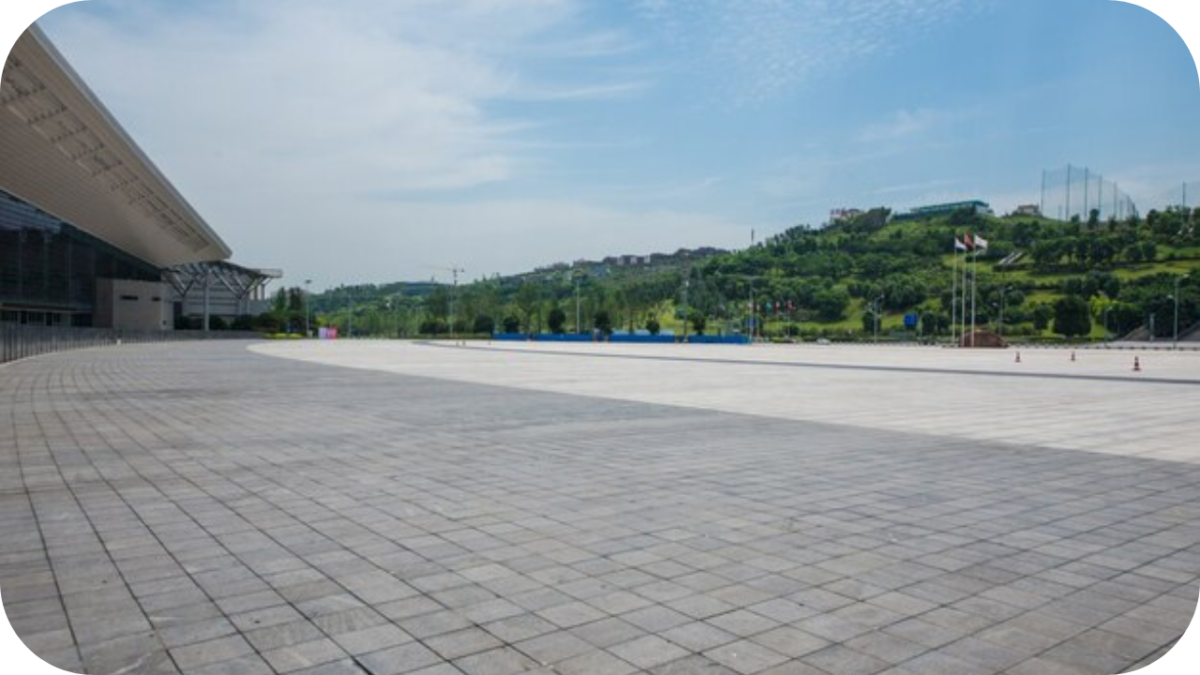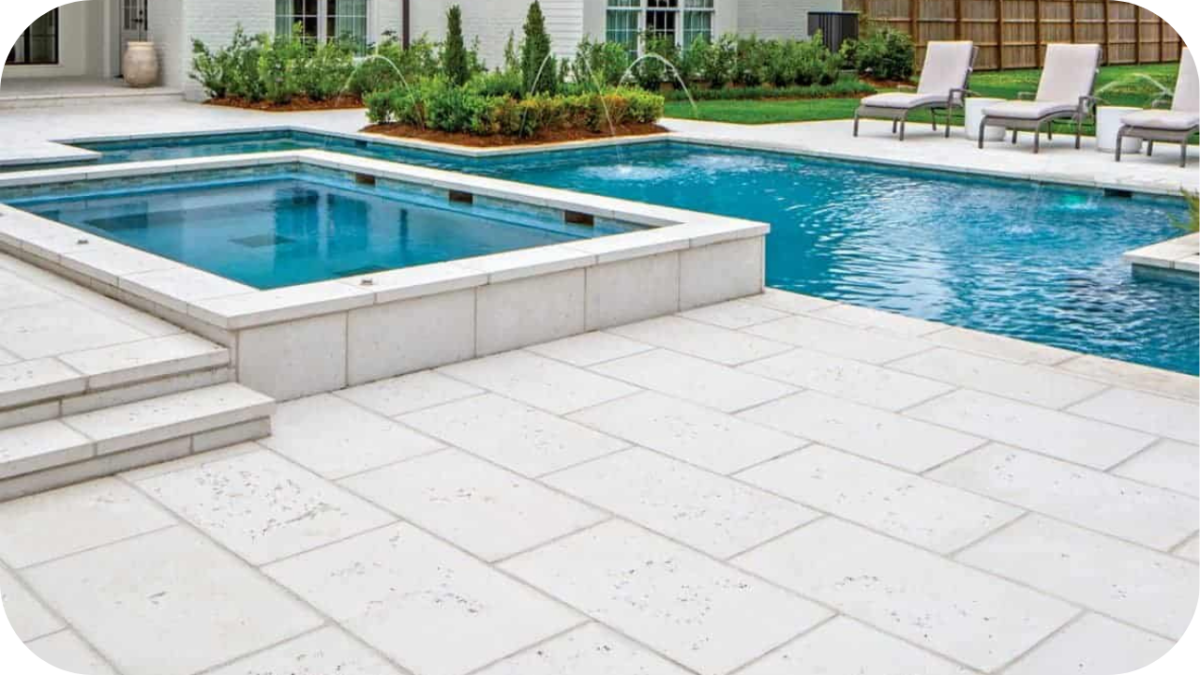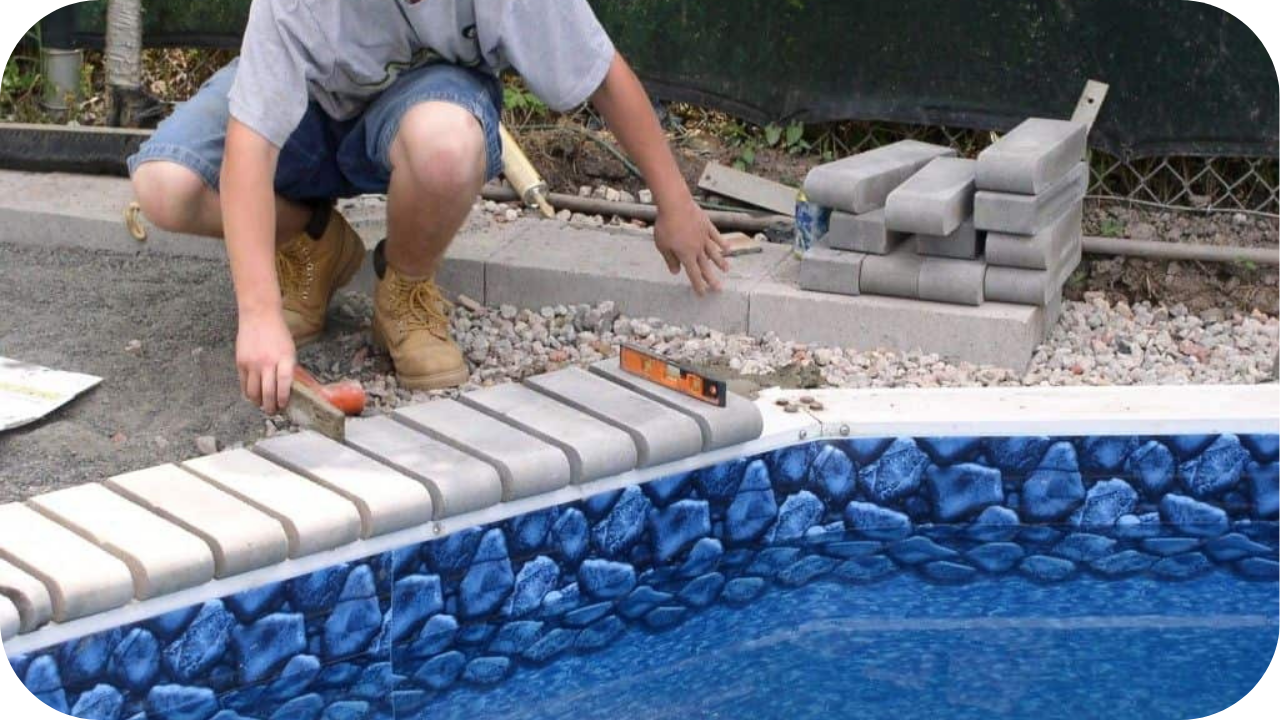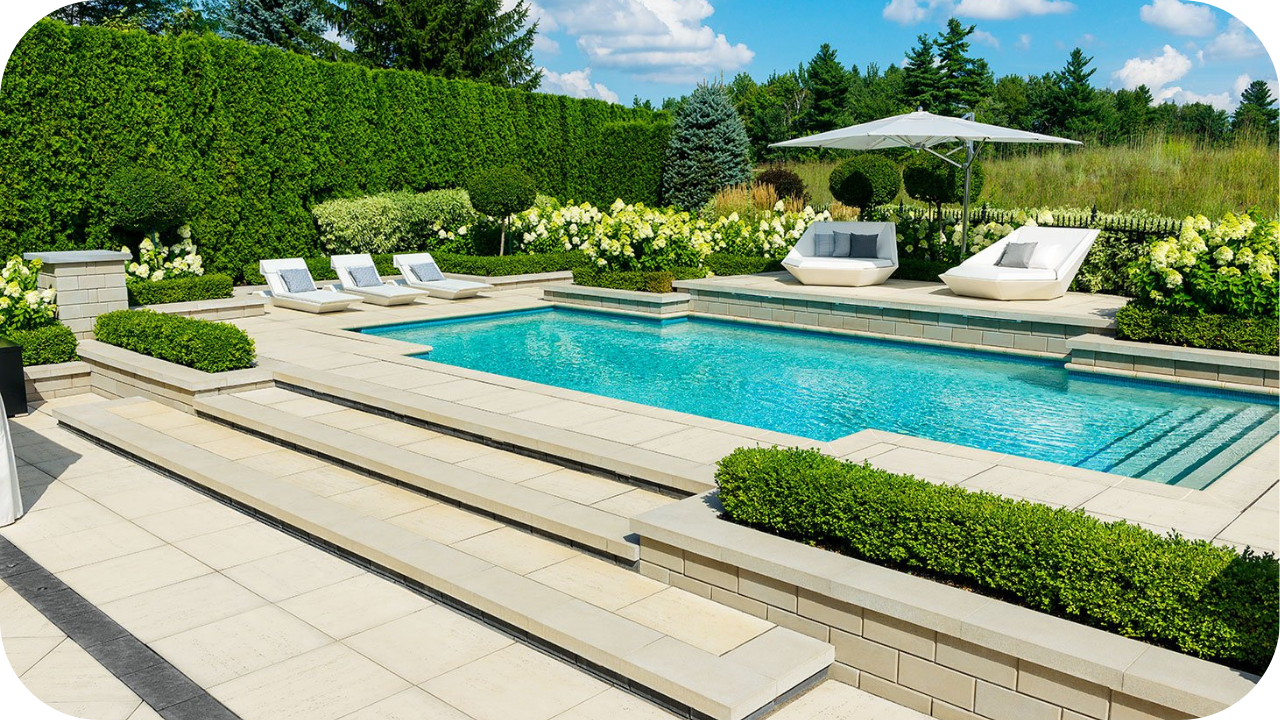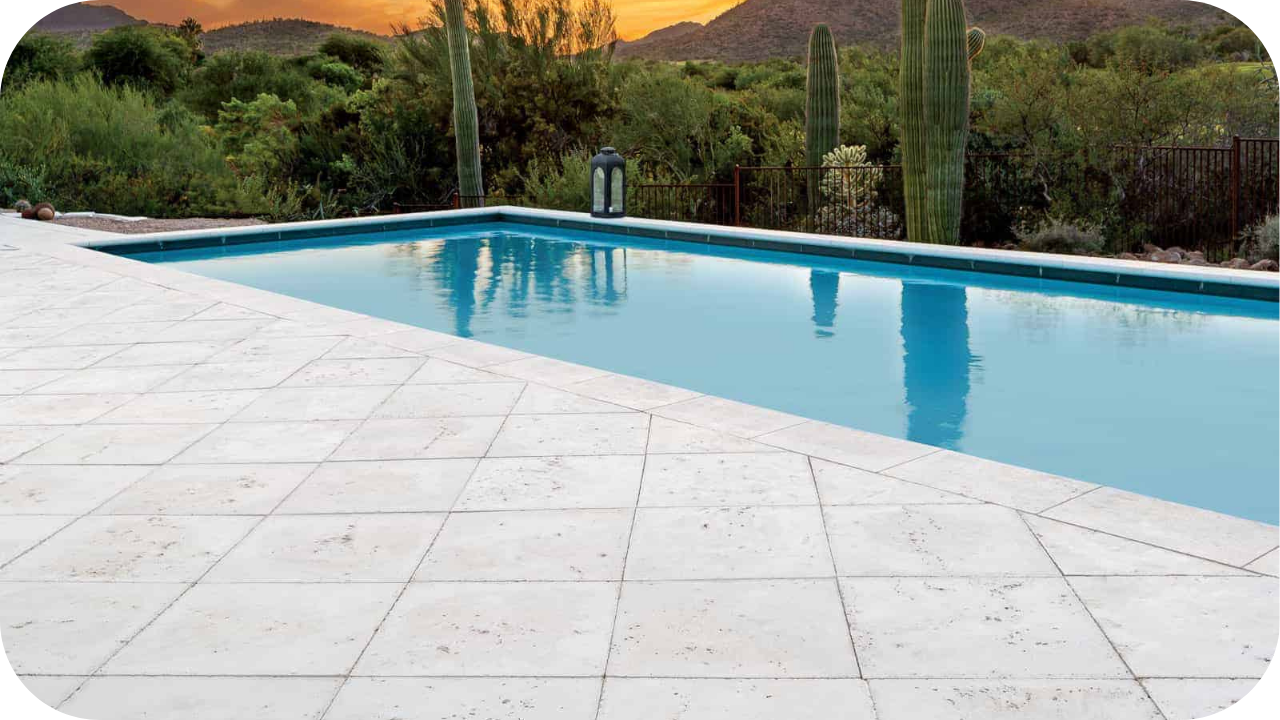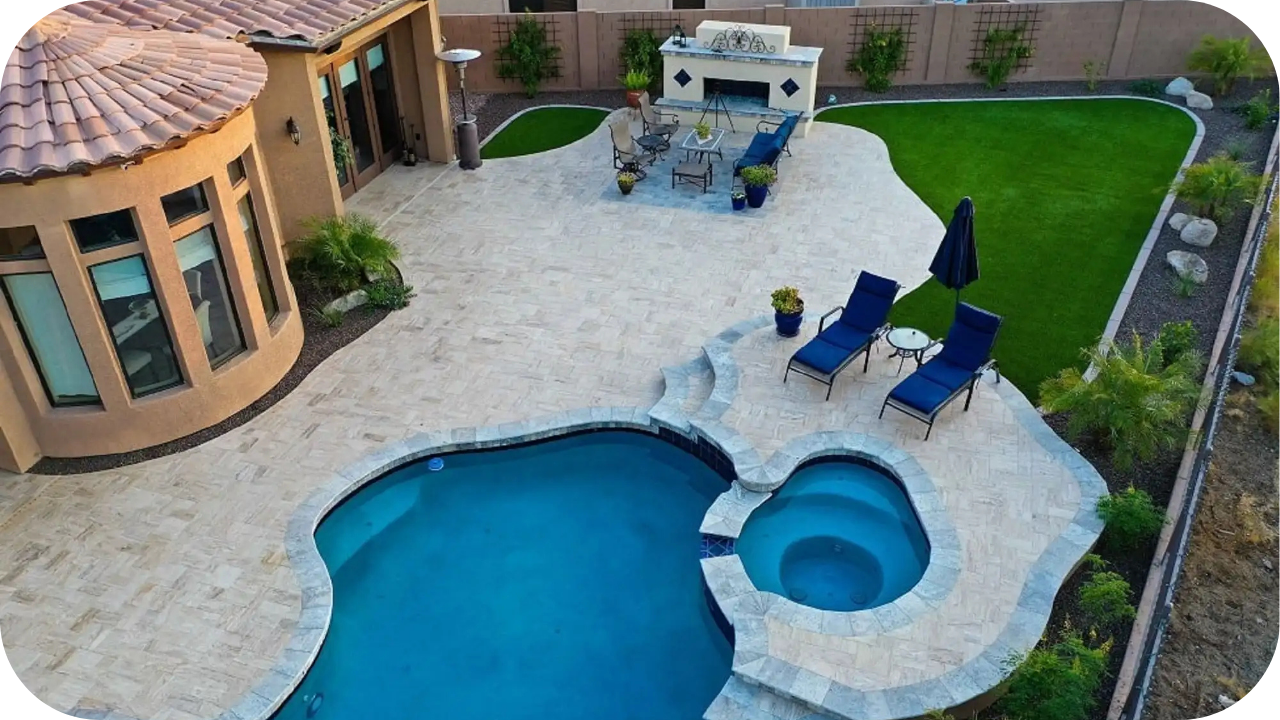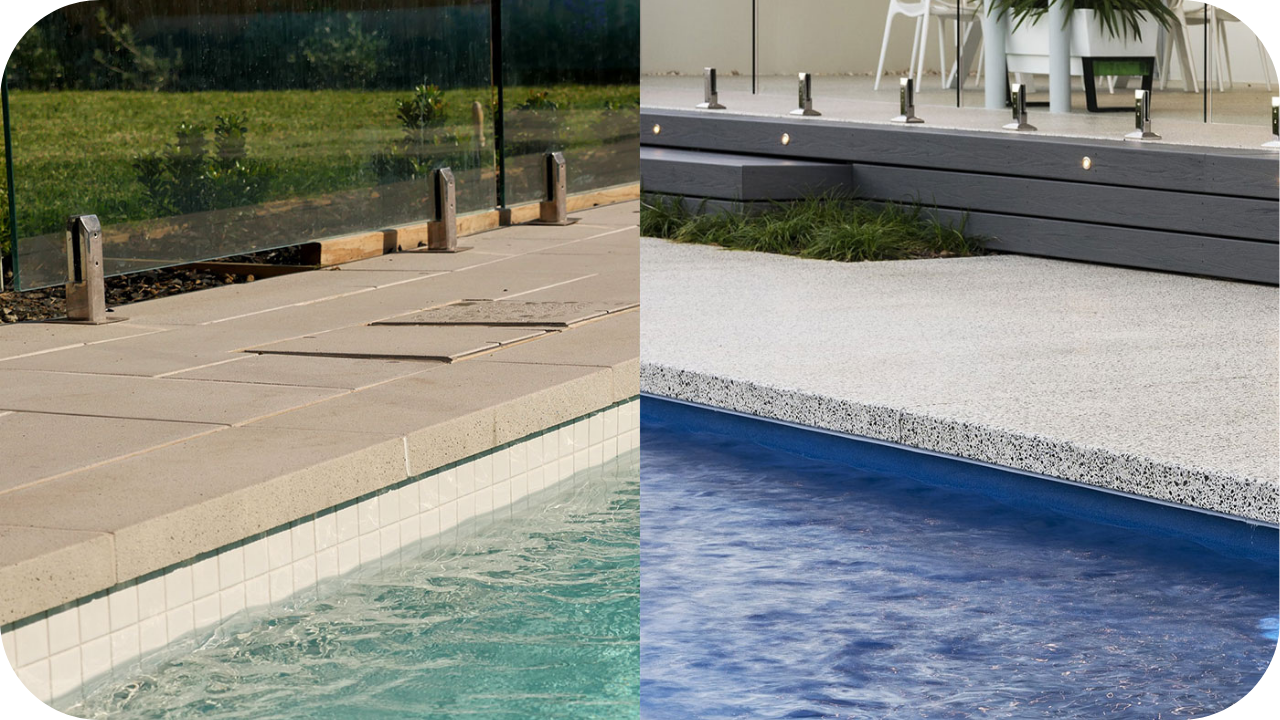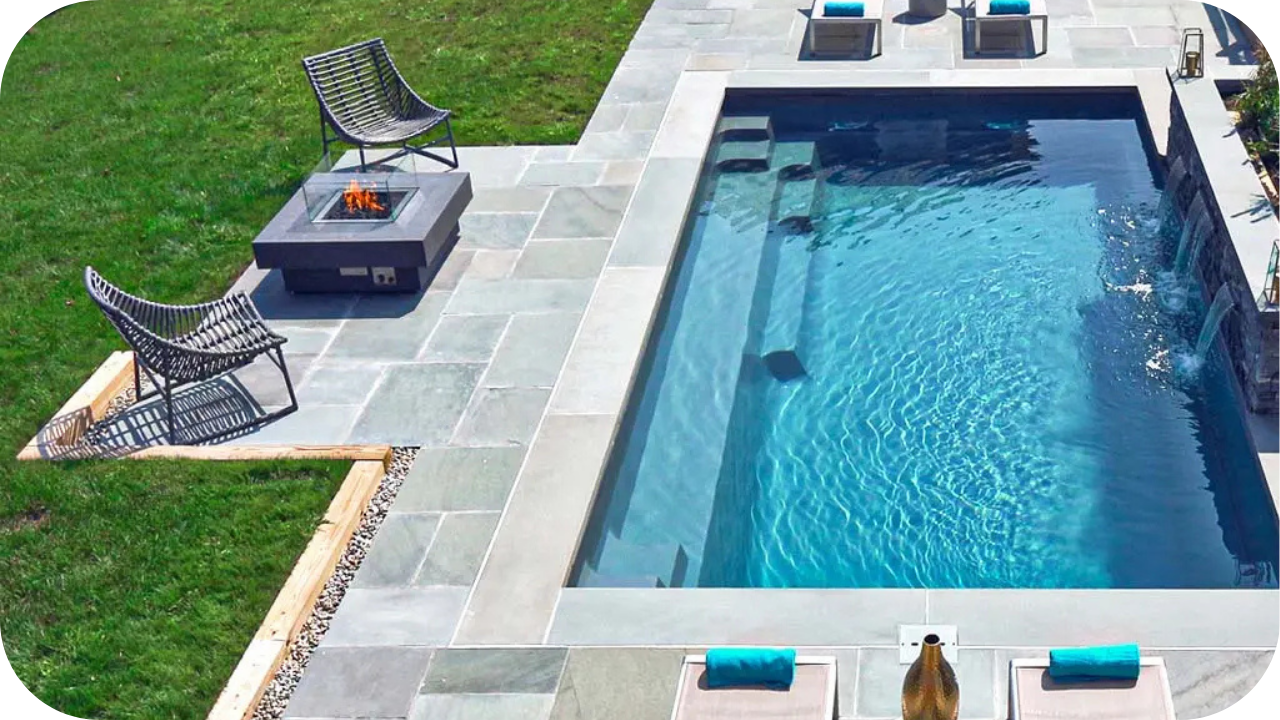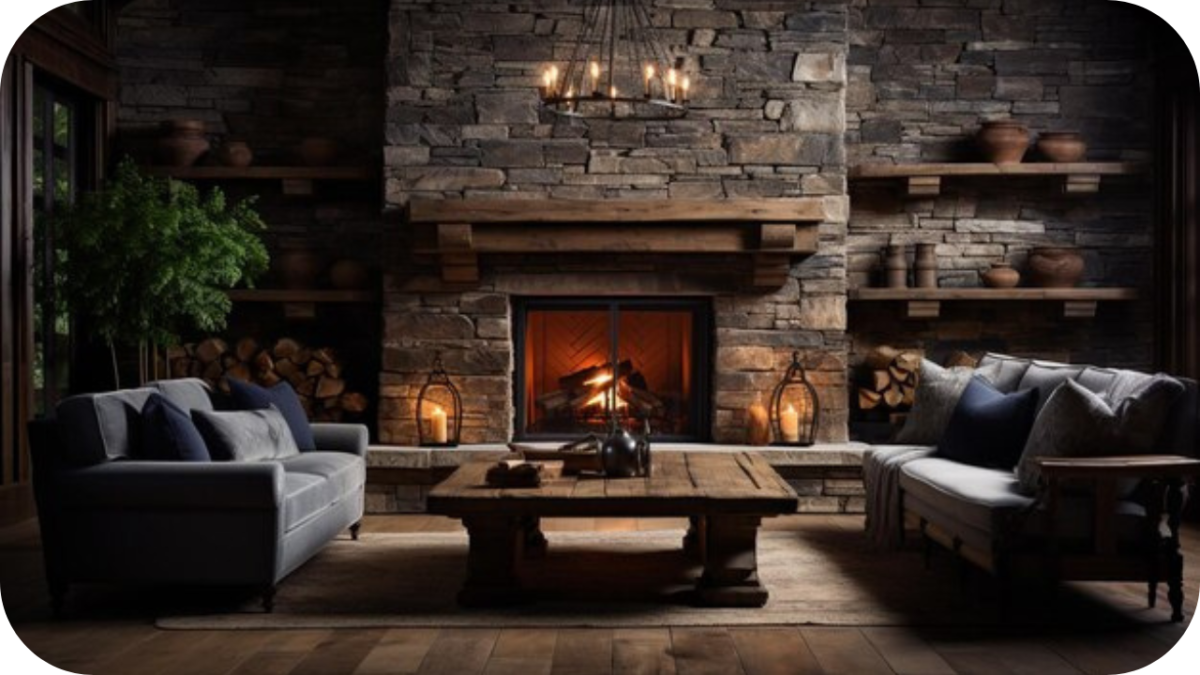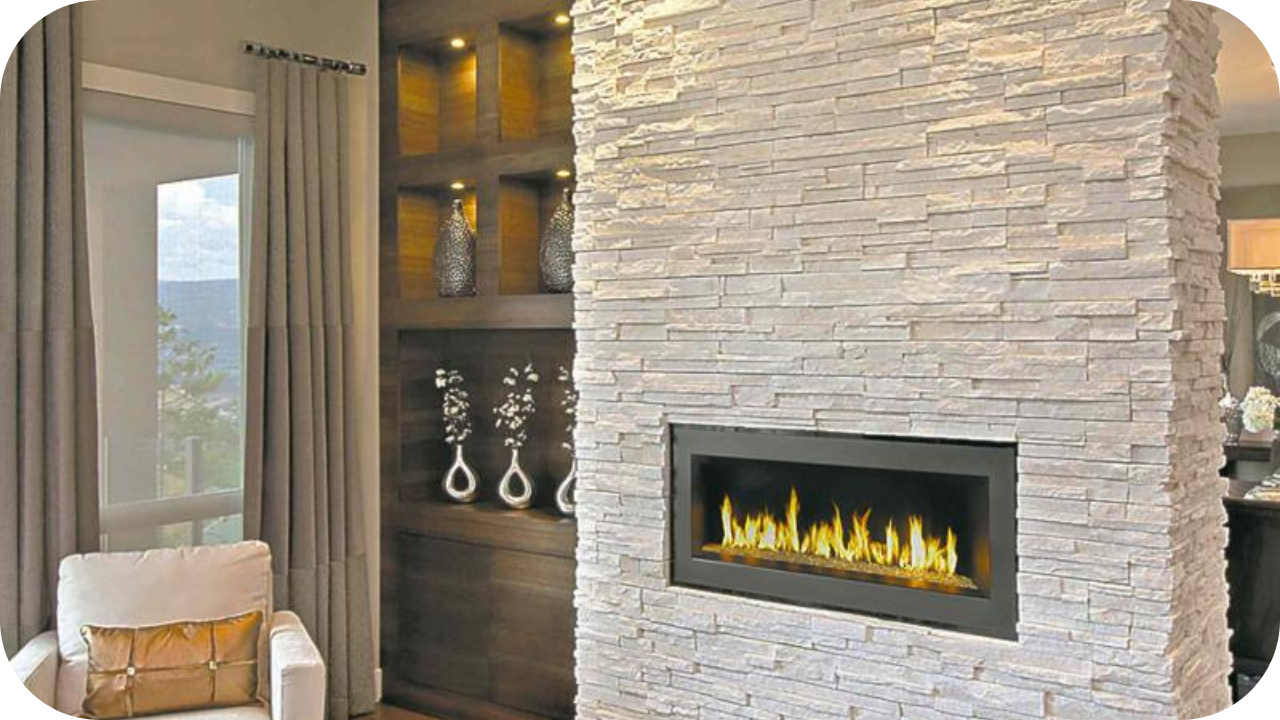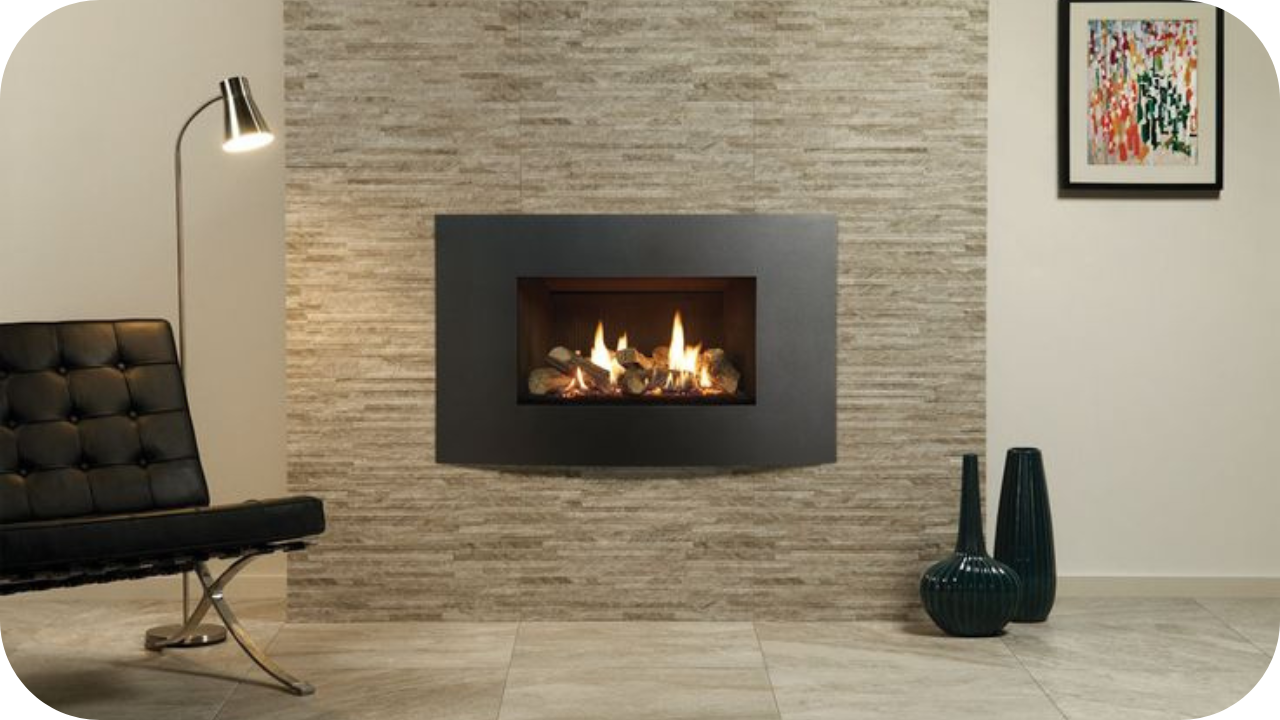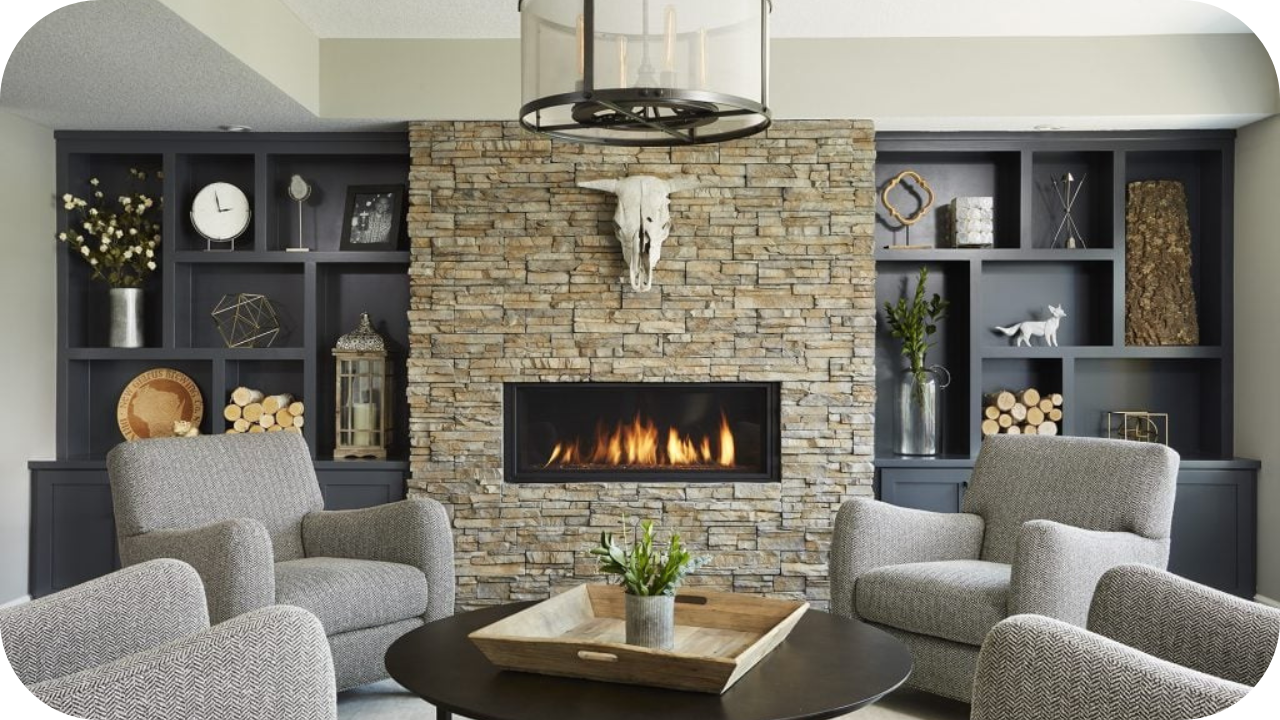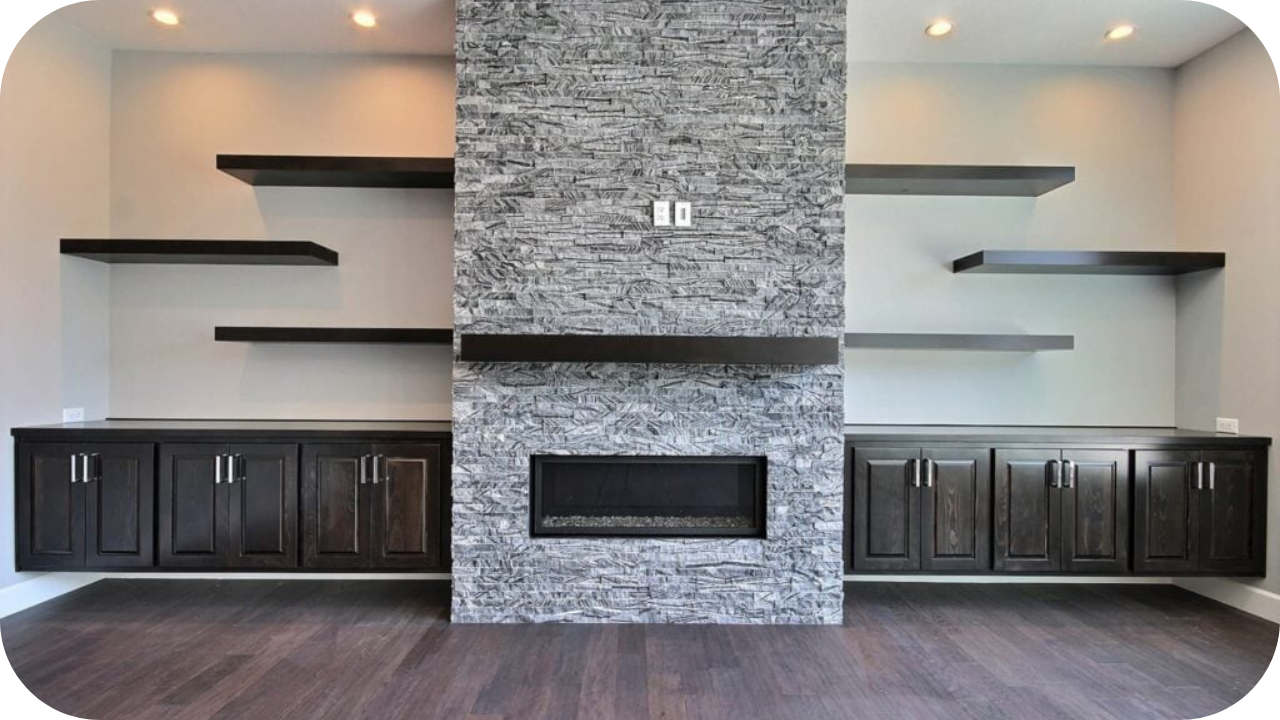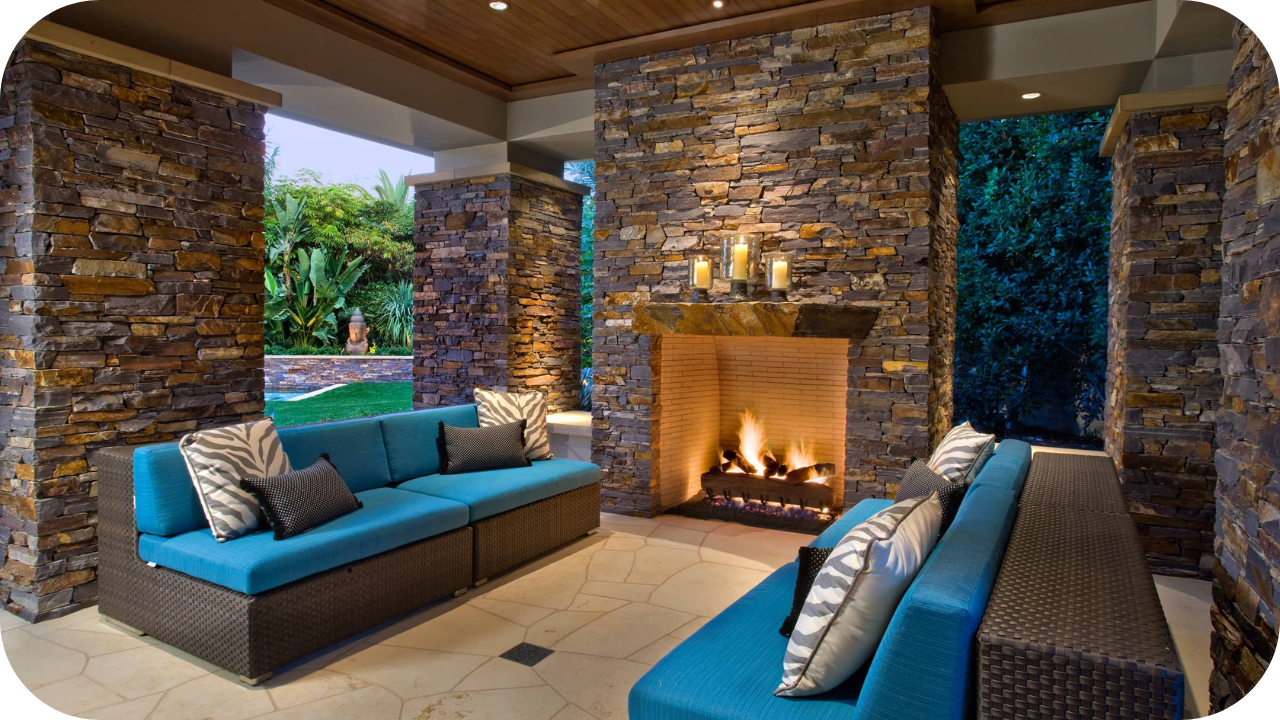Best Natural Stone Options for Outdoor Paving
Choosing the right natural stone for outdoor paving can transform your garden, driveway, or patio into a stunning space. With so many options available, finding the perfect material that balances durability, style, and maintenance is essential.
Whether you’re after the sleekness of bluestone or the timeless elegance of marble, this guide will help you choose the best natural stone for your outdoor project.
Ready to create the outdoor area of your dreams? Read on to find the top natural stone options for paving.
Why Choose Natural Stone for Outdoor Paving?
Natural stone is a top choice for outdoor paving due to its durability, aesthetic appeal, and environmental benefits. Unlike concrete or synthetic materials, natural stone offers long-lasting strength and can withstand harsh weather conditions, heavy foot traffic, and vehicle use.
Stones like granite, limestone, and sandstone retain their integrity over time, making them ideal for patios, driveways, and garden paths.
Beyond its durability, natural stone enhances the overall look of your outdoor space with unique textures, colours, and patterns that man-made materials can’t replicate. It’s a versatile material that suits various design styles, from rustic to modern.
Furthermore, natural stone is eco-friendly, as it is a renewable resource that doesn’t require harmful manufacturing processes. Choosing natural stone adds value to your property, offering aesthetic and functional benefits.
Top Natural Stone Options for Outdoor Paving

Regarding outdoor paving, the right stone can elevate your space. With various natural stones to choose from, each offering unique benefits, you can achieve the perfect balance of style and durability. Here are some of the best options to consider for your outdoor project.
1. Bluestone Paving: Modern and Sleek
Bluestone offers a contemporary, clean look that suits modern outdoor spaces. This dense, hard-wearing stone is ideal for high-traffic areas and adds a sleek, sophisticated touch to any patio or garden path.
Known for its natural beauty, bluestone’s deep blue-grey tones and unique texture create a visually striking effect.
It is highly durable and resistant to weathering. It maintains its aesthetic appeal for years, making it an excellent choice for those seeking both form and function in their outdoor paving project.
2. Limestone Paving: Classic Beauty and Strength
Limestone has been popular for centuries due to its timeless charm and strength. Its soft, warm hues create a welcoming atmosphere in outdoor spaces, blending seamlessly with natural surroundings.
Limestone is rugged and able to withstand the elements, making it a reliable option for garden paths, patios, and driveways.
This stone’s natural beauty and durability come with minimal maintenance, ensuring long-lasting appeal for any outdoor area. It’s perfect for those wanting a traditional yet resilient paving material.
3. Granite Paving Stones: Durability and Elegance

Granite is renowned for its exceptional durability and sophisticated finish, making it a top choice for outdoor paving. This highly dense, natural stone is resistant to cracking, chipping, and staining, ensuring it remains pristine even in the harshest conditions.
Available in various shades, from grey to pink, granite enhances outdoor spaces with its refined elegance.
It’s perfect for driveways, garden pathways, and patios, providing an enduring surface that combines strength with understated beauty. Granite pavers are a wise investment for those seeking a high-quality, long-lasting solution.
4. Marble: Luxurious and Timeless Choice for Outdoor Spaces
Marble is the epitome of elegance and luxury, bringing a touch of opulence to any outdoor area. Known for its striking veining and smooth texture, marble adds a timeless appeal to outdoor paving.
Ideal for upscale gardens, courtyards, and patio areas, marble elevates the overall design with its pristine, refined look.
While it requires careful maintenance, its beauty and grandeur make it a perfect choice for those seeking a sophisticated outdoor aesthetic. Marble offers a lasting impression, adding undeniable value to your property.
5. Travertine Paving: Luxury for Outdoor Spaces
Travertine is a luxurious stone that brings a sense of refinement and elegance to outdoor spaces. Its soft, earthy tones and natural variations make it an attractive choice for patios, garden paths, and pool areas.
Travertine pavers are durable and versatile, with a unique texture that provides an appealing, classic look.
Travertine offers excellent performance, even in hot climates, due to its heat resistance. This stone creates stunning visual appeal and adds a touch of luxury, making it a perfect choice for high-end outdoor projects.
How to Choose the Best Natural Stone for Your Outdoor Paving Project
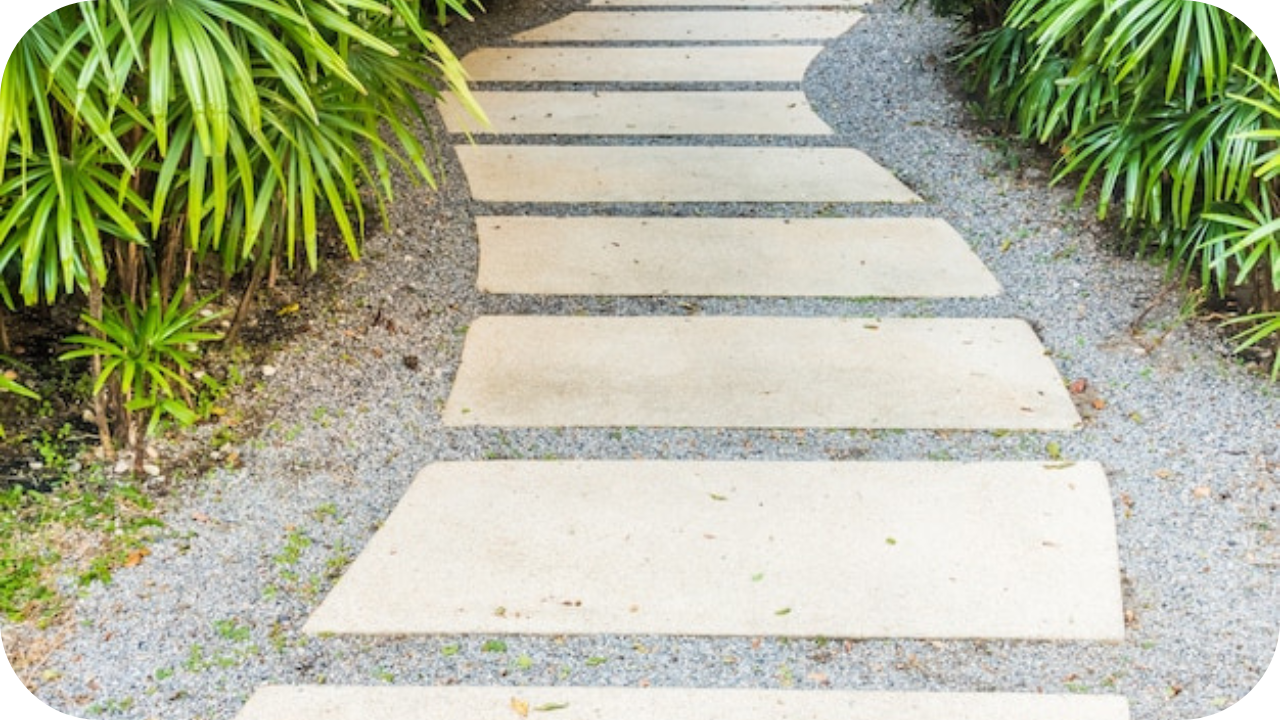
Choosing the right natural stone for your outdoor paving project involves several key considerations:
- Climate: For harsh climates, choose durable stones like granite or bluestone, which are resistant to wear and weathering.
- Aesthetic Appeal: Select a stone that complements your outdoor design. Limestone provides warm, earthy tones, while bluestone offers a sleek, modern look.
- Durability: Stones like granite and sandstone are highly durable and ideal for high-traffic areas. Travertine is beautiful but may require more maintenance if you aim for a luxurious finish.
- Budget: High-end stones like marble can add sophistication, but may stretch your budget. More affordable options like limestone or sandstone offer excellent value while providing durability and beauty.
- Maintenance Requirements: Some stones, like bluestone and granite, are low-maintenance, while others, like marble and travertine, may require more frequent care to keep them looking their best.
- Stone Texture: Consider the texture of the stone based on its use. Smoother stones, like marble, are perfect for decorative areas, while rougher stones, such as sandstone or granite, are better for high-traffic spaces.
- Stone Size and Shape: Irregular-shaped stones, like flagstone, provide a more rustic look, while uniform stones like granite slabs offer a more modern appearance and ease of installation.
- Environmental Impact: Opt for stones sourced sustainably. Stones like limestone tend to have less ecological impact than heavily mined materials.
- Availability: Ensure the stone you select is readily available in your region to avoid high transportation costs and delays in your project.
- Long-Term Value: Consider the stone’s lifespan and how it may enhance the value of your property. Granite and bluestone offer excellent long-term value due to their durability and timeless appeal.
Maintenance Tips for Natural Stone Paving
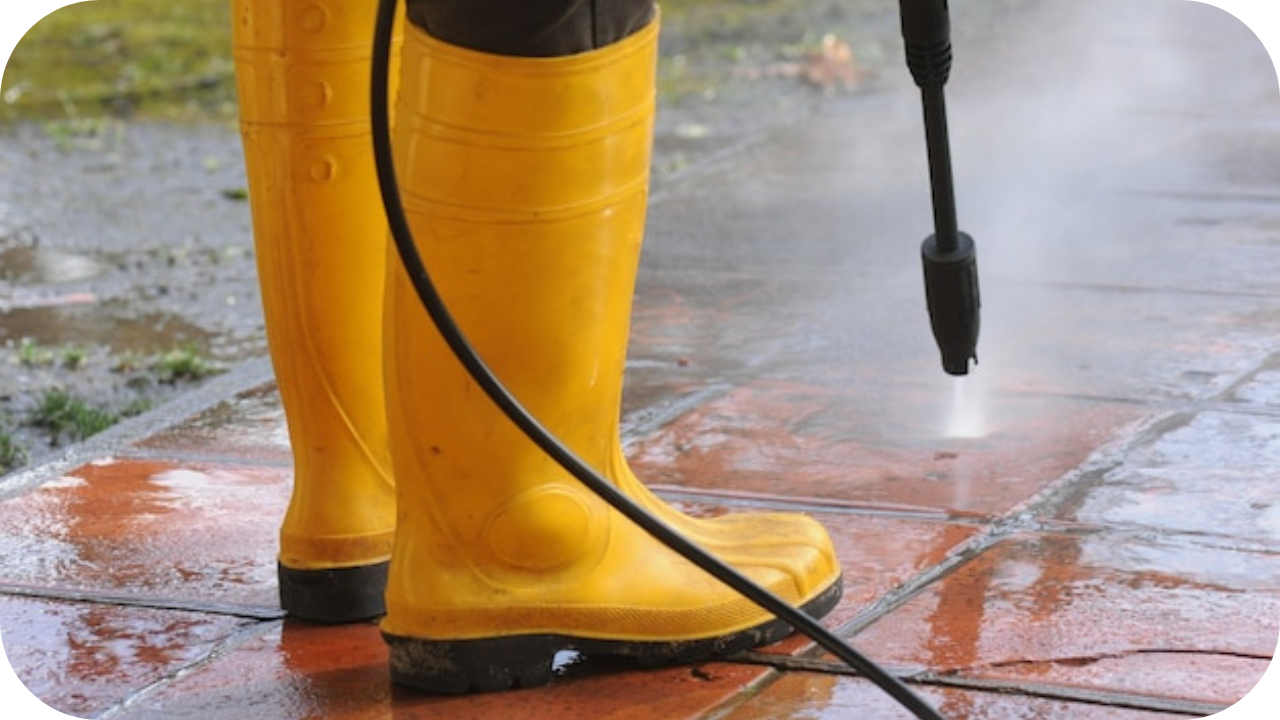
Proper maintenance is essential to preserve the beauty and longevity of your natural stone paving. Here are key tips to keep your stone in top condition:
- Regular Cleaning: Sweep your stone surface regularly to remove dirt and debris that could cause scratches. Use a soft brush and mild detergent mixed with warm water for deeper cleaning. Avoid harsh chemicals, as they can damage the stone’s surface.
- Seal Your Stones: Some stones, like travertine and marble, are porous and benefit from periodic sealing. This helps prevent staining and water penetration, which can cause long-term damage. Apply a high-quality sealant every 1-2 years, depending on stone type and usage.
- Stain Removal: Use a stone-specific cleaner for best results if stains occur. A mixture of baking soda and water can be effective for organic stains. Always test any cleaner in a small, inconspicuous area first.
- Address Cracks Promptly: If your stone paving develops cracks or chips, repair them promptly with a suitable filler to prevent further damage and maintain structural integrity.
- Prevent Growth of Moss and Algae: Moss and algae can develop in damp areas. Use a non-acidic stone cleaner or mild bleach solution to treat affected areas.
- Avoid Heavy Impact: Protect your stone from heavy impacts or dropped objects, as some stones, like marble, can be prone to chipping. Consider placing mats or pads under heavy furniture or outdoor equipment.
- Control Weeds: Weeds can grow between paving stones, causing long-term damage. Regularly remove weeds by hand or use a weed killer safe for stone surfaces.
- Routine Inspections: Conduct seasonal checks to ensure no stones are loose or damaged. Early detection of issues like shifting stones or cracks allows for prompt repairs, helping to maintain the integrity of your paving.
Conclusion
Choosing the right natural stone for outdoor paving ensures beauty and durability that will last years. Whether you opt for granite, limestone, or travertine, each stone provides unique advantages for your project. Ready to create your perfect outdoor space? Contact Splendour In Stone today for expert guidance and premium stone options tailored to your needs.

